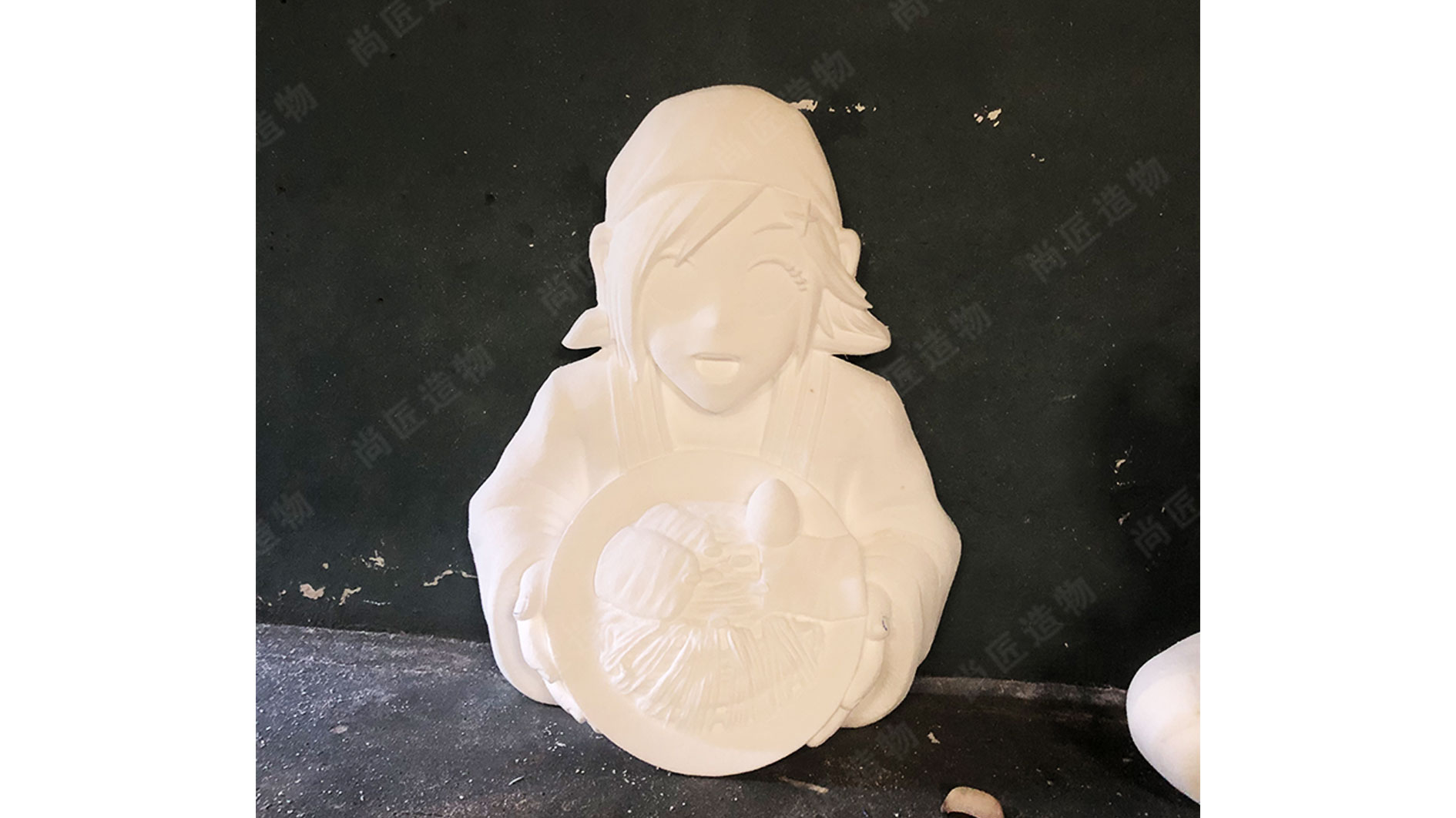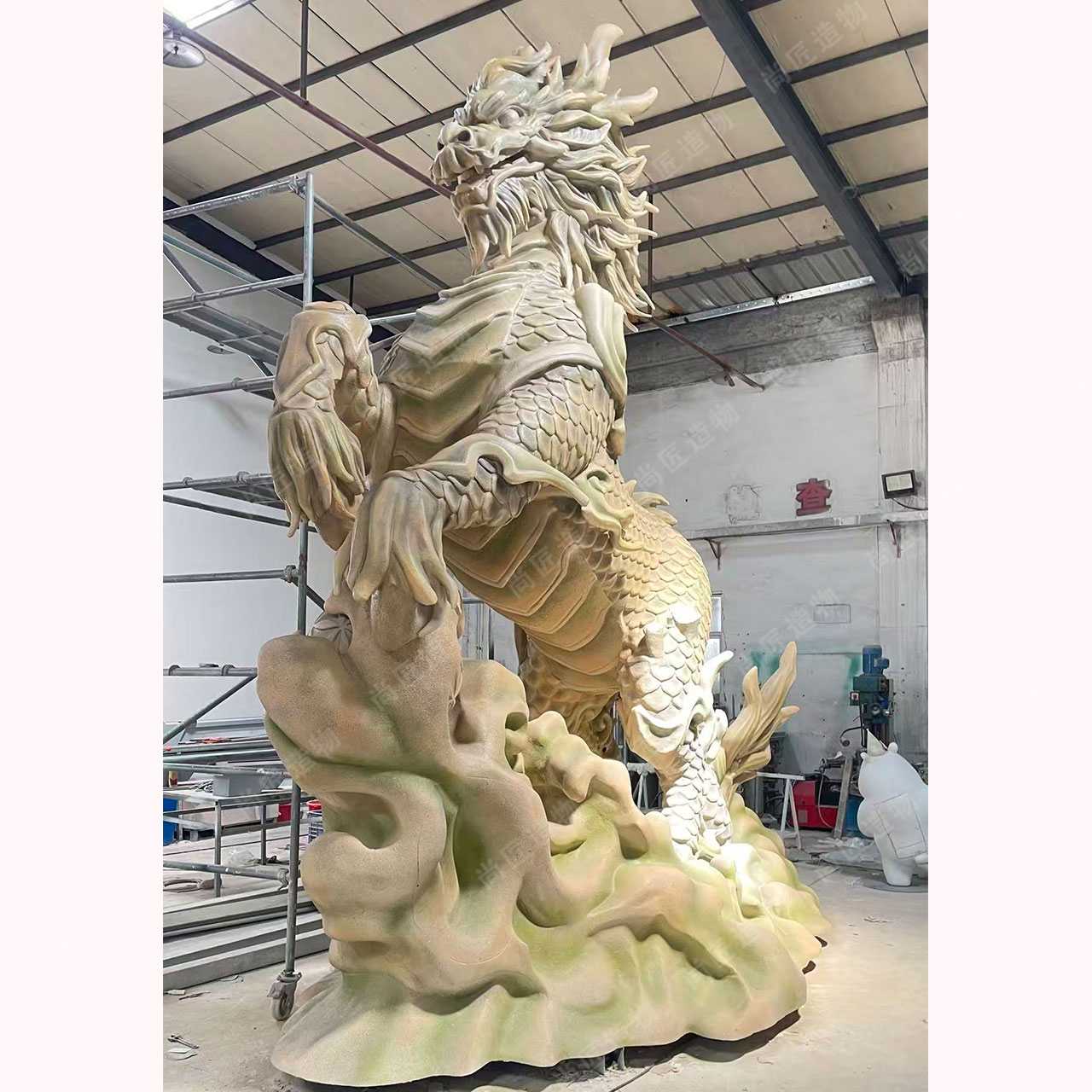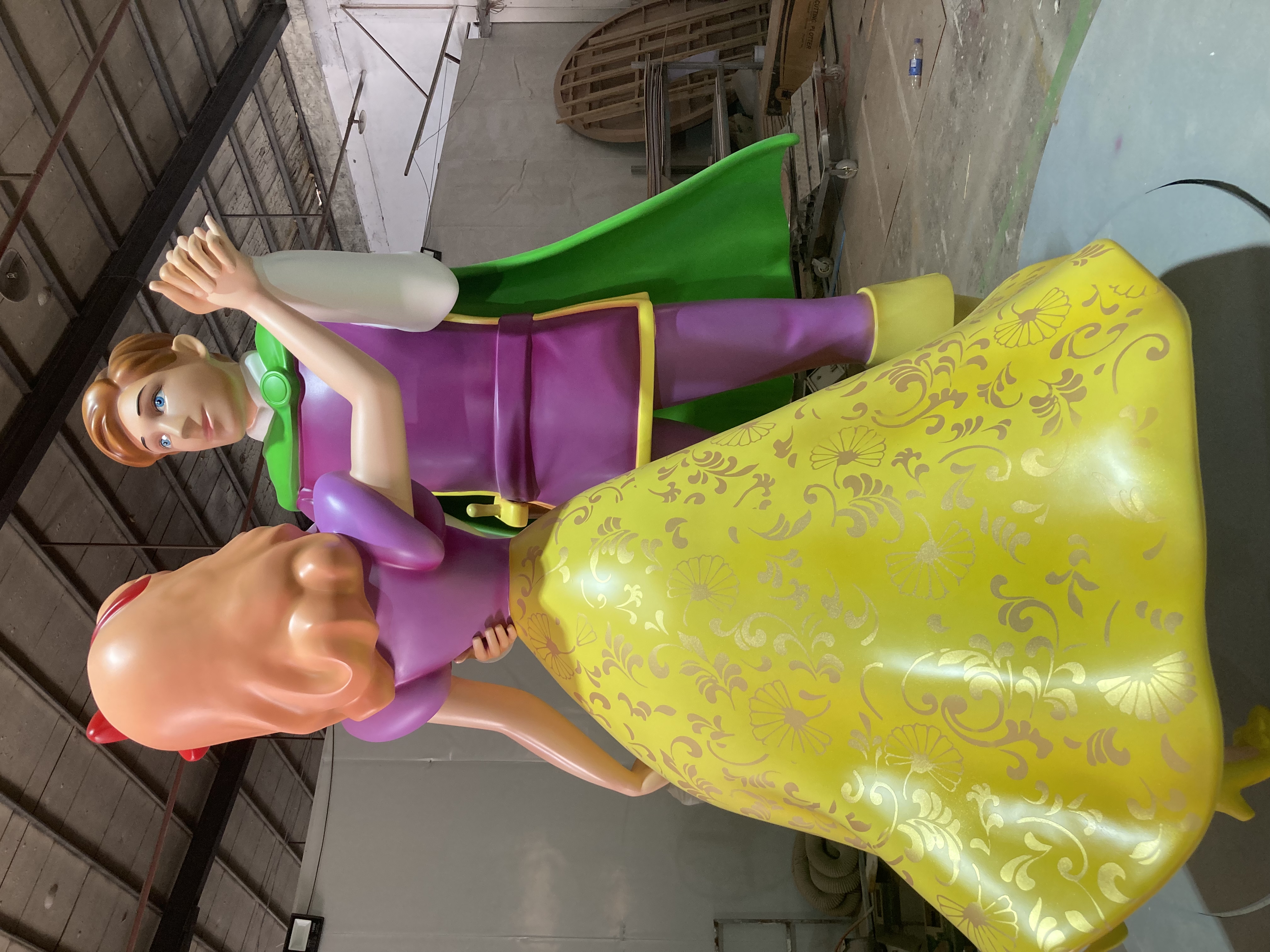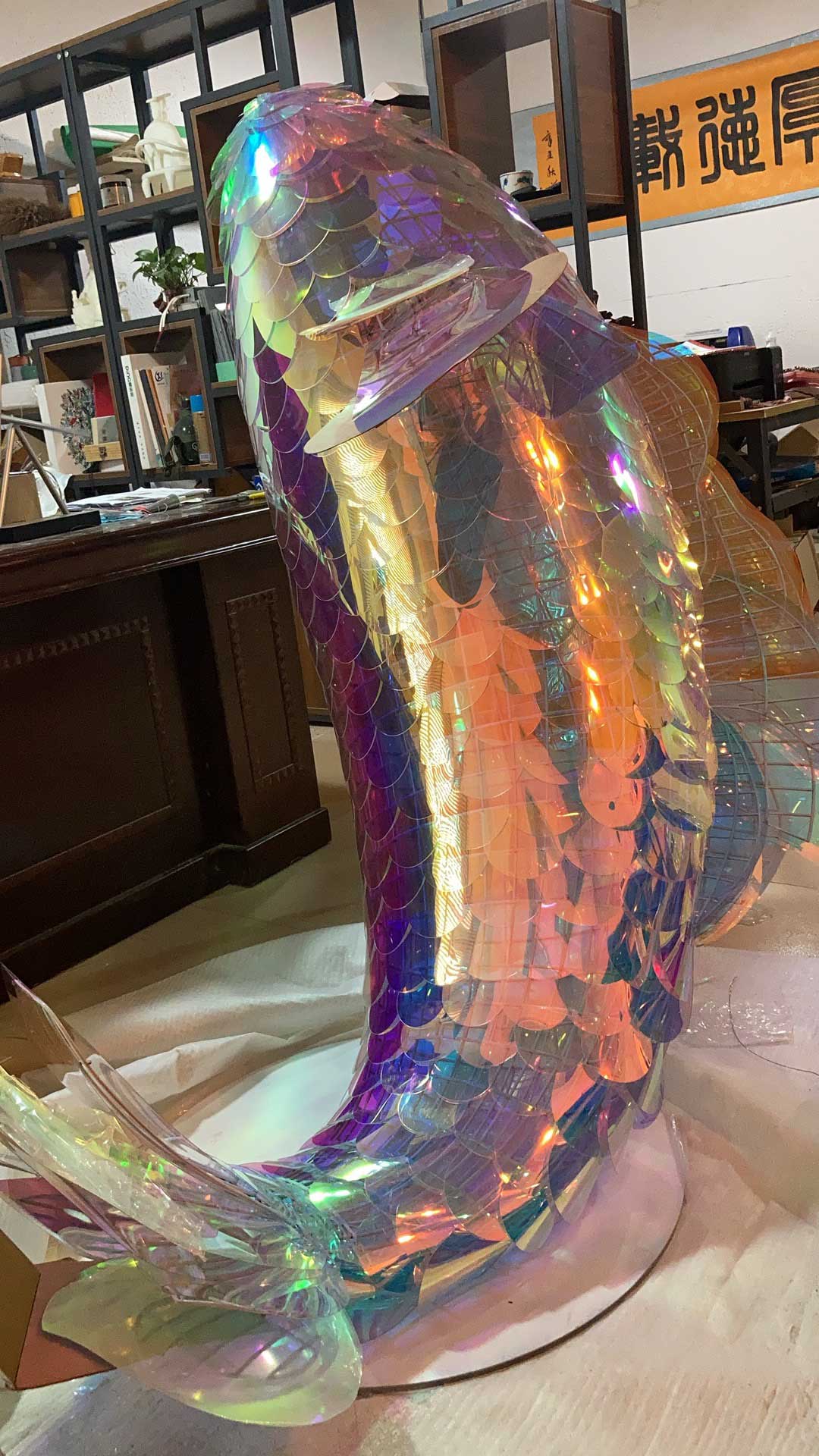Key Takeaways
Kinetic sculpture art merges mechanical engineering with aesthetic expression, creating works that challenge static perceptions of form. At its core, this art form relies on mechanized mobiles—structures powered by motors, wind, or human interaction—to generate motion that alters spatial relationships. Modernist pioneers like Alexander Calder redefined sculpture by introducing suspended elements that respond to environmental forces, laying groundwork for today’s multidimensional dynamics. These works often employ geometric patterns and weighted balances to create perceptual illusions, where shifting perspectives mimic fluidity in rigid materials.
A defining feature is the interplay between form and movement: rigid materials like steel or fiberglass sculpture transform into fluid expressions through calculated motion. Contemporary artists further integrate digital sensors and programmable mechanics, expanding kinetic art’s role in interactive installations. Below is a comparison of traditional and kinetic sculptural elements:
| Aspect | Traditional Sculpture | Kinetic Sculpture |
|---|---|---|
| Movement | Static | Dynamic, variable paths |
| Material Use | Stone, bronze | Metals, polymers, composites |
| Audience Interaction | Visual observation | Physical or sensory engagement |
Future innovations may leverage AI and sustainable materials, pushing kinetic art into new realms of environmental and technological relevance. This evolution underscores how motion redefines artistic boundaries, making kinetic sculpture a vital thread in modern art’s narrative.
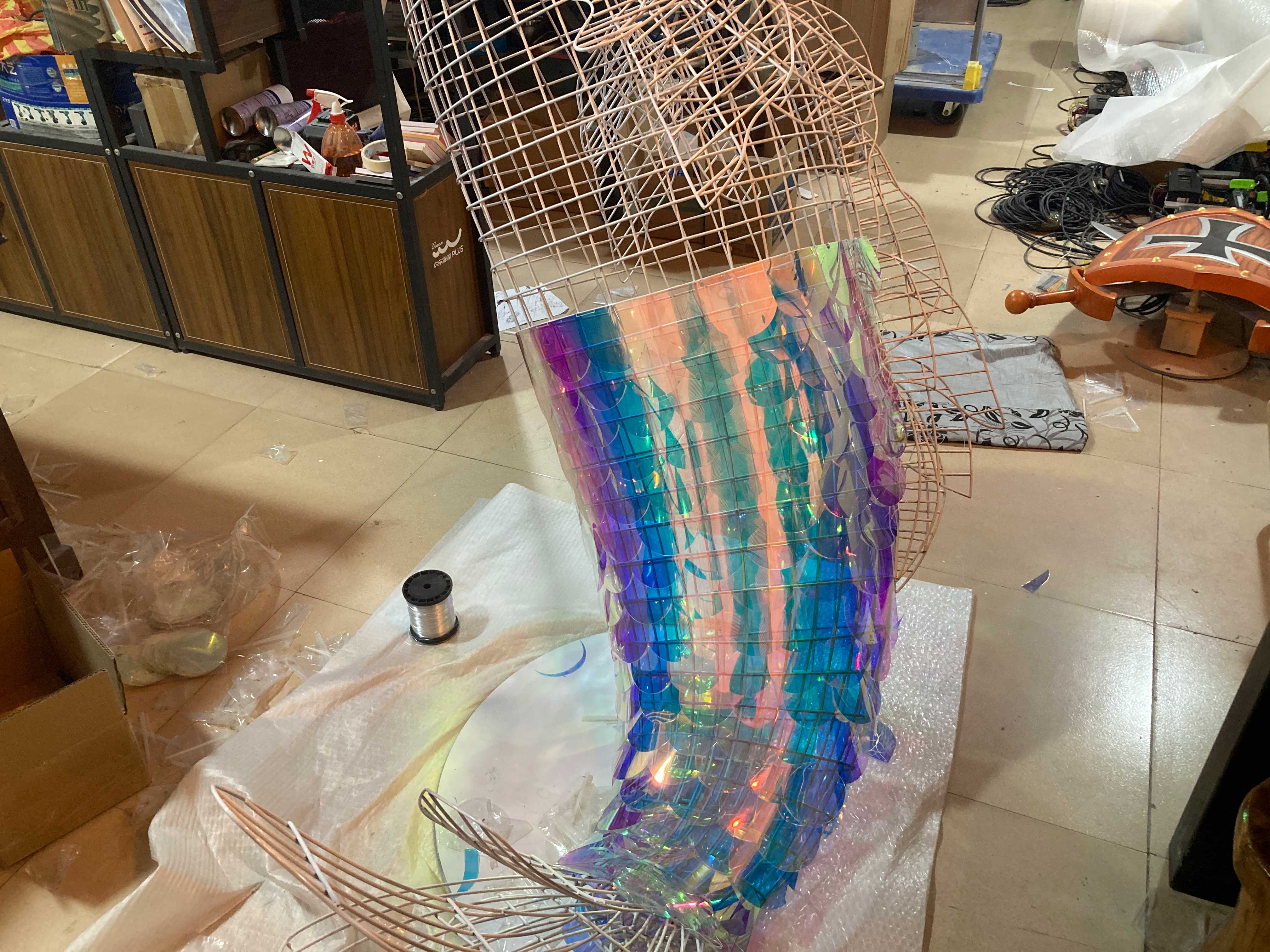
Defining Kinetic Sculpture Art Mechanics
Kinetic sculpture art mechanics revolve around integrating motion as a core element of artistic expression, distinguishing it from traditional static forms. Unlike Realistic sculpture, which prioritizes lifelike representation, kinetic works employ mechanical systems—such as motors, gears, or wind-powered components—to create controlled or spontaneous movement. These mechanisms often rely on principles of balance, tension, and fluid dynamics, transforming rigid materials into dynamic compositions. For instance, Alexander Calder’s pioneering mobiles demonstrate how carefully calibrated weights and pivots can produce graceful, unpredictable motions. Engineers and artists collaborate to ensure structural integrity while maintaining aesthetic intent, blending technical precision with creative vision. This fusion challenges conventional boundaries, inviting viewers to engage with art as an evolving experience rather than a fixed object. As a bridge between art and engineering, kinetic mechanics not only redefine material possibilities but also pave the way for exploring themes like temporality and interactivity in subsequent sections of modernist and contemporary practices.
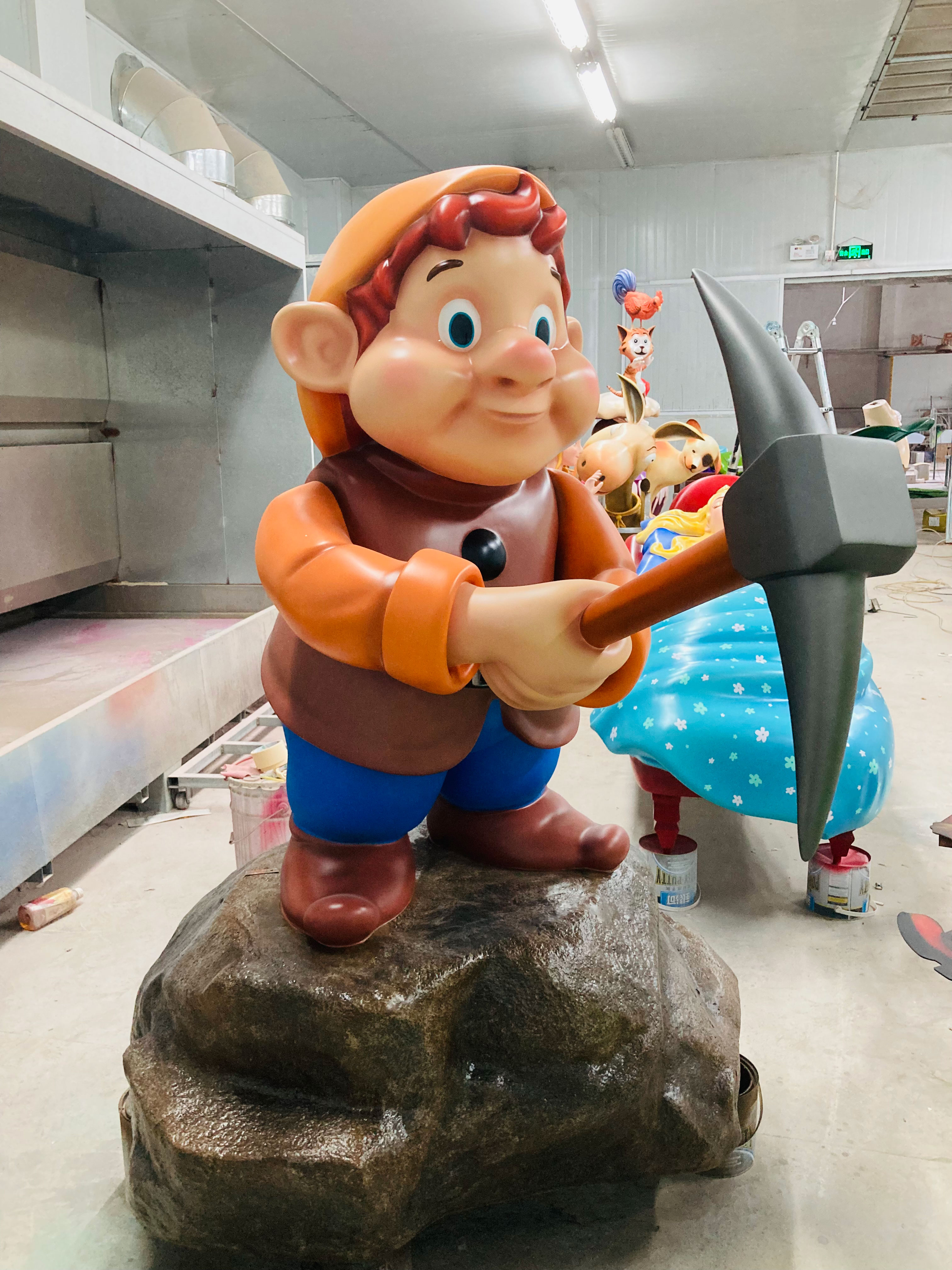
Evolution of Moving Sculptures in Modernism
The early 20th century marked a pivotal shift in sculpture, as artists began challenging static forms to embrace motion as an artistic medium. Modernist pioneers like Naum Gabo and Alexander Calder reimagined sculpture’s relationship with space and time. Gabo’s Kinetic Construction (Standing Wave) (1920), a vibrating wire piece, demonstrated how mechanized movement could redefine spatial perception. Calder’s mobiles, suspended in delicate balance, introduced organic, wind-driven motion as a core aesthetic element.
“Movement allows sculpture to transcend its material limits—it becomes a dialogue between object and environment,” noted art historian George Rickey.
This period also saw collaborations between artists and engineers, blending industrial materials like steel and aluminum with avant-garde ideas. The Kinetic sculpture movement gained momentum, influenced by Futurism’s celebration of speed and Bauhaus experiments with functional design. Marcel Duchamp’s rotating Bicycle Wheel (1913) further blurred boundaries between art and everyday motion. Meanwhile, László Moholy-Nagy’s Light-Space Modulator (1930) integrated light and mechanical motion, foreshadowing multimedia installations.
By mid-century, kinetic art had evolved from experimental curiosities to a recognized discipline, laying foundations for later innovations in interactive and digital art. The interplay of physics and aesthetics during modernism remains a cornerstone for understanding today’s dynamic sculptural forms.
Mechanized Mobiles and Motion Aesthetics
Mechanized mobiles represent a pivotal innovation in kinetic sculpture, blending engineering precision with artistic expression. These works rely on carefully calibrated mechanical systems—gears, motors, or wind-powered mechanisms—to generate rhythmic or unpredictable motion. Pioneered by artists like Alexander Calder in the mid-20th century, such sculptures transformed static art into dynamic experiences, where steel, aluminum, or composite materials interact with environmental forces like airflow or gravity. The aesthetic appeal lies in the tension between control and chaos: geometric shapes orbit fixed axes, casting shifting shadows, while polished surfaces reflect light in fleeting patterns.
Contemporary creators, such as those behind the IP character sculpture, integrate digital programming to expand motion possibilities, synchronizing movement with sound or light. While early examples emphasized minimalist abstraction, modern iterations often incorporate figurative elements, merging organic curves with industrial materials. This evolution reflects broader shifts in modern art toward interdisciplinary experimentation, where mechanics become inseparable from visual storytelling. As these sculptures oscillate between stability and flux, they challenge viewers to perceive form not as fixed, but as a transient dance of spatial relationships—a concept that seamlessly transitions into explorations of multidimensional dynamics in kinetic forms.
Multidimensional Dynamics in Kinetic Forms
Kinetic sculpture art transcends traditional static forms by integrating motion across multiple dimensions, creating works that interact dynamically with their surroundings. Unlike conventional sculptures confined to three-dimensional space, these pieces introduce variables like rotational speed, directional shifts, and oscillatory patterns. Artists such as George Rickey pioneered this approach, employing precision-engineered components to produce controlled, rhythmic movements in works like Two Lines Oblique (https://en.artmovr.com/) materials further enhances durability while enabling seamless transitions between axes of motion.
Modern practitioners expand these principles by incorporating computational systems, allowing sculptures to respond to environmental stimuli like wind or light. For instance, Theo Jansen’s Strandbeests demonstrate how multidirectional motion can mimic organic locomotion through mechanical joints and wind-powered propulsion. This interplay of geometry and kinetics challenges viewers to perceive form not as fixed, but as a fluid continuum. By merging engineering with aesthetics, multidimensional dynamics redefine spatial relationships, setting the stage for subsequent explorations of perceptual illusions in sculptural motion.
Perceptual Illusions in Sculptural Motion
Building on the exploration of multidimensional dynamics, perceptual illusions in kinetic sculpture challenge how viewers interpret motion and form. By manipulating light, shadow, and mechanical rhythms, artists create works that appear to shift, warp, or defy physical laws. For instance, rotating components might project fleeting patterns on walls, while oscillating structures simulate fluid motion in rigid materials. This interplay taps into cognitive processes, where the brain fills gaps between fragmented visual cues, constructing perceived movement even during moments of stasis.
A notable example includes works inspired by Cartoon sculpture, where exaggerated proportions and dynamic poses in static art find kinetic counterparts through engineered motion. Artists like Yaacov Agam employ geometric precision to produce optical transformations as viewers change vantage points, blending Op Art principles with mechanical innovation. Such illusions not only question the reliability of human perception but also expand sculpture’s narrative potential, allowing static materials to "perform" through calculated choreography. This fusion of psychology and engineering continues to influence interactive installations, where audience movement becomes integral to unlocking layered visual experiences.
Kinetic Art’s Impact on Contemporary Creations
Kinetic art’s influence extends far beyond traditional sculpture, reshaping how modern creators approach form, interaction, and technology. By integrating motion as a core element, artists and designers now craft works that respond to environmental factors like wind, light, or human presence, blurring the line between art and functional design. This shift is evident in urban installations where rotating panels or suspended mobiles transform public spaces into dynamic experiences. Similarly, digital artists employ kinetic principles to animate virtual sculptures, using algorithms to simulate organic movement. The rise of interactive exhibits—where viewers trigger motion through sensors or touch—highlights kinetic art’s role in fostering participatory engagement. Even industries like architecture adopt these concepts, incorporating kinetic facades that adapt to weather conditions. Such innovations demonstrate how movement, once a novelty, has become a fundamental tool for reimagining art’s relationship with time, space, and audience.
Interplay of Form and Movement in Modern Art
The relationship between form and movement in kinetic sculpture challenges traditional notions of static art. Unlike fixed sculptures, which rely on shape and material alone, kinetic works integrate motion as a core element of expression. Artists manipulate balance, weight, and structural dynamics to create compositions that shift with air currents, mechanical systems, or viewer interaction. For instance, Alexander Calder’s mobiles use carefully engineered arms and counterweights to produce fluid, unpredictable motions, transforming rigid metal into dancing forms.
Modern kinetic art often blurs boundaries between object and environment. Sculptures may respond to light, sound, or human presence, altering their movement patterns in real time. This interactivity invites audiences to perceive form not as a fixed entity but as a dynamic process. Even subtle rotations or vibrations can reshape shadows, reflections, and spatial relationships, creating layered visual narratives. Such works highlight how movement amplifies form’s emotional and conceptual impact—whether through rhythmic oscillations that mimic natural phenomena or abrupt mechanical shifts that disrupt expectations. By prioritizing motion as both medium and message, kinetic artists redefine how art engages with time, space, and perception.

Future Trends in Kinetic Sculpture Innovations
As kinetic sculpture evolves, emerging technologies are reshaping its creative boundaries. Artists increasingly integrate advanced materials like shape-memory alloys and programmable polymers, enabling sculptures to respond to environmental stimuli such as temperature or light. The fusion of IoT (Internet of Things) systems allows synchronized motion across interconnected installations, creating networked artworks that adapt to real-time data inputs.
A growing emphasis on sustainability drives experimentation with renewable energy sources—solar-powered motors and wind-responsive mechanisms reduce reliance on traditional power grids. Simultaneously, augmented reality (AR) is expanding kinetic art’s perceptual scope, blending physical movement with digital overlays to produce hybrid experiences.
Collaborations between engineers and sculptors are refining motion algorithms, achieving smoother transitions between kinetic states while minimizing mechanical noise. This shift prioritizes seamless interaction between form and motion, aligning with contemporary demands for immersive, multisensory art. Looking ahead, kinetic sculpture may increasingly intersect with AI-driven generative design, where machine learning models propose dynamic forms optimized for both aesthetic harmony and mechanical efficiency. These innovations promise to deepen kinetic art’s role in redefining how audiences engage with spatial narratives and temporal transformations.
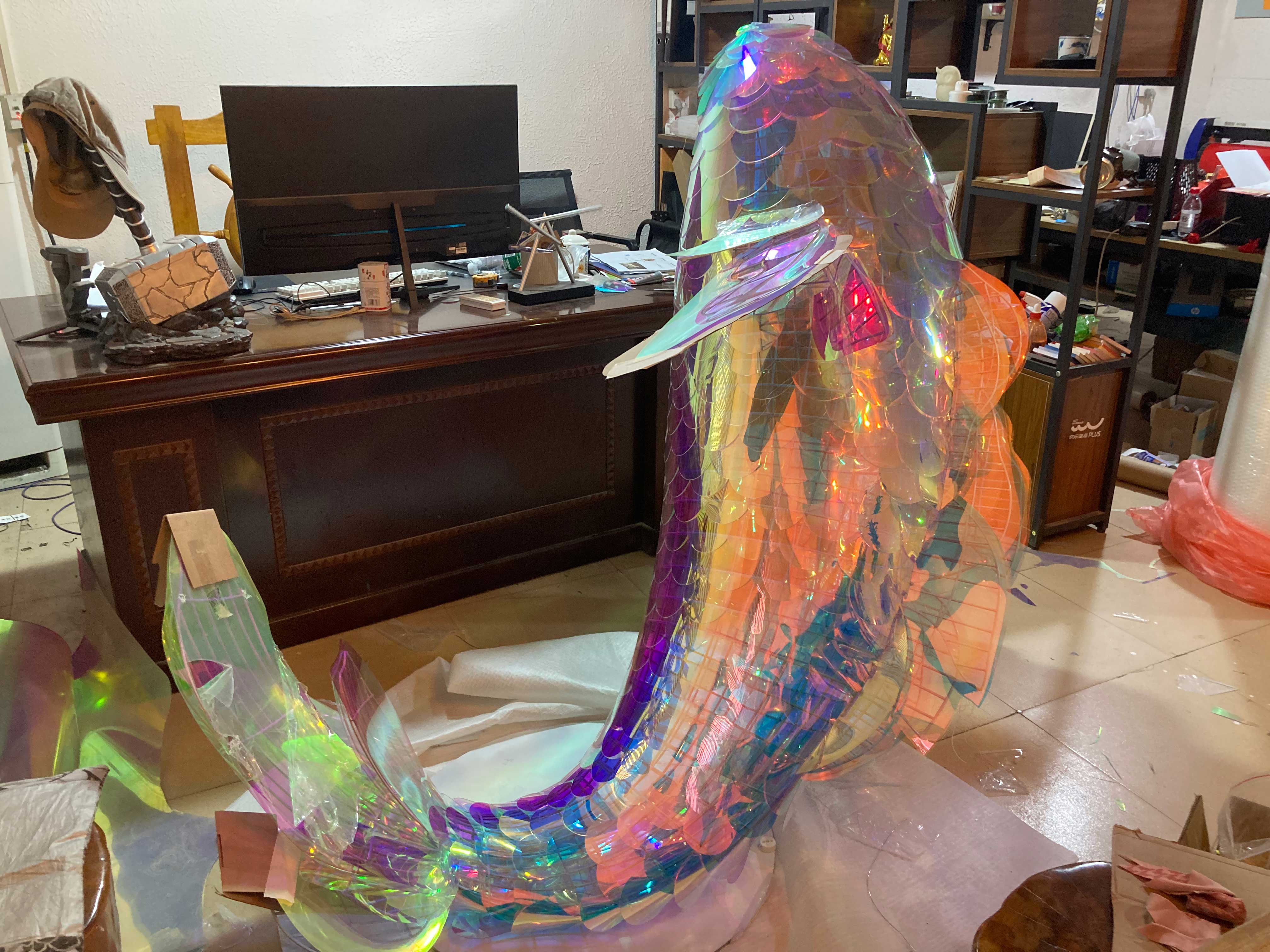
Conclusion
Kinetic sculpture art’s enduring influence lies in its ability to transform passive observation into active engagement, bridging artistic vision with scientific principles. By integrating mechanized motion, multidimensional forms, and perceptual experimentation, this medium challenges traditional notions of static art, inviting viewers to experience works that evolve in real time. The interplay between form and movement—whether through balanced mobiles or digitally programmed installations—reflects a broader shift toward interactive, process-driven creativity in contemporary practice. As artists continue exploring materials like lightweight alloys and responsive sensors, kinetic sculpture remains at the forefront of redefining how art interacts with space, time, and human perception. This ongoing dialogue between mechanics and aesthetics ensures the field will keep evolving, offering fresh perspectives on the dynamic relationship between artistic expression and technological innovation.
FAQs
What distinguishes kinetic sculpture from traditional static art forms?
Kinetic sculptures incorporate movement as a core element, whether through mechanical systems, natural forces like wind, or optical illusions. This contrasts with static sculptures, which rely solely on fixed forms to convey meaning.
How do artists engineer motion in kinetic sculptures?
Motion is achieved through diverse methods: balanced mobiles respond to air currents, motorized components create programmed patterns, and weighted structures shift with viewer interaction. Some works use light refraction or mirrored surfaces to simulate motion without physical movement.
Can kinetic art function outdoors as effectively as indoors?
Yes. Many kinetic sculptures thrive in outdoor settings, utilizing environmental factors like wind or water flow. Alexander Calder’s wind-driven mobiles exemplify this, while urban installations often integrate pedestrian movement or weather changes into their kinetic behavior.
Does kinetic sculpture require specialized maintenance?
Mechanical components demand periodic upkeep to ensure smooth operation, particularly for works exposed to outdoor elements. However, designs using passive motion (e.g., gravity or thermal responses) often require minimal intervention after installation.
How has technology expanded possibilities for kinetic artists?
Advanced materials like shape-memory alloys and programmable microcontrollers enable precise control over movement sequences. Digital sensors now allow sculptures to react to sound, light, or human proximity, creating interactive experiences unachievable in earlier modernist periods.
Are kinetic sculptures considered functional or purely aesthetic?
While primarily artistic, some serve dual purposes—architectural elements like moving façades or public installations that measure environmental data. This blending of utility and aesthetics reflects kinetic art’s growing role in interdisciplinary design practices.
 ch
ch English
English

